

About Future Stiles
Future Stiles is a relatively new player in the tile industry, but it has quickly gained recognition for its innovative and modern designs. The brand focuses on merging cutting-edge technology with artistic craftsmanship to create unique and visually appealing tiles.
Latest Post

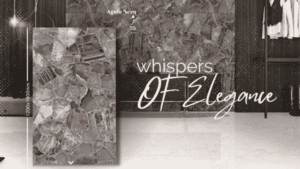
1200x1800mm and 48×72 Inch Tiles Designs in 2025
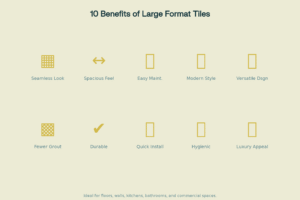
Benefits of Using Large Format Tiles in Modern Interiors

Top Tile Trends for 2025: Colours, Textures and Finishes
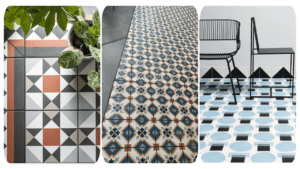
Concrete Tiles, Cement Tiles, and Cement Tiles for the Floor in 2025

Black Tiles Design: Modern Black Tiles Living Room
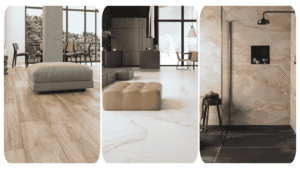
Matte Finish Tiles: A Modern Touch of Subtle Elegance 2025
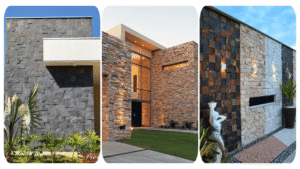
Front Elevation Tiles Design: Stylish Elevation Tiles & Affordable Prices
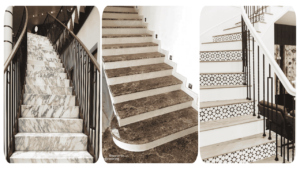
Top 30 Rough Tiles for Stairs Designs in 2025
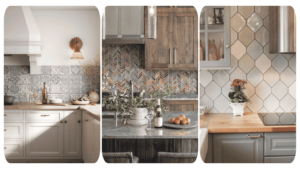
Dado Tiles Designs: Kitchen Dado Tiles, Textures, Prices & More
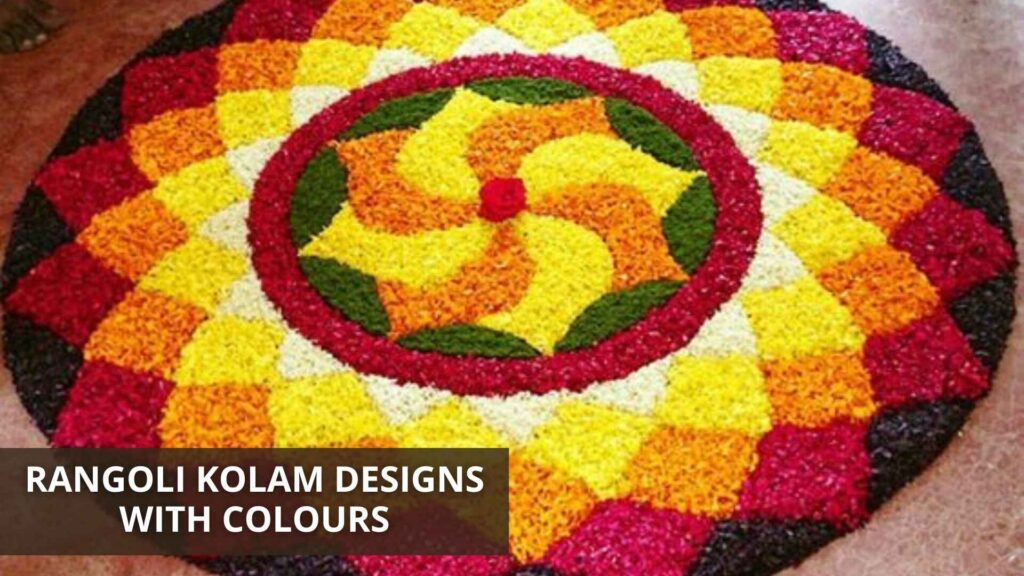
Top 20 Modern Rangoli Kolam Designs with Colours
- Futurestiles
- September 18, 2024
- 6:43 pm
Rangoli and Kolam are antique forms of art from India which has been in existence for ages. Rangoli and Kolam are generally formed in respect to certain cultural activities like festivals and these include drawing different kinds of designs on wet ground using natural ingredients like colored powders, rice flour, and flower petals. This type of designs has its roots on the religious practices of Hindus, but gradually over years, came out of its shell to appeal to all people.
In recent years, Rangoli Kolam designs have been developed to create demand for festivals, weddings, and other cultural functions. The incorporation of other colors particularly bright colors has made these designs even more appealing to people since they are pleasing to the eye and represent joy, wealth, and peace. This article discusses the beauty of modern Rangoli Kolam designs with fabulous colors and their background and usage in the present day.
100+ Latest Rangoli Designs in 2024
Explore 100+ latest Rangoli designs for 2024, featuring vibrant colours and creative patterns. From traditional motifs to modern styles, find inspiration for festivals, weddings, and special occasions!
Click HereThe Origin and Significance of Rangoli and Kolam
What is Rangoli?
Rangoli is a decorative art form that has its origin in India particularly in states such as Maharashtra, Tamilnadu, Karnataka, and Gujarat. It is usually done in the festivities especially during Diwali, Pongal and Navratri to welcome the visitors and bless them. The term ‘Rangoli’ is derived from the Sanskrit words ‘Rang’ (color) and ‘Aavali’ (row) which means a collection of colors in a line. In most Indian households, Rangoli was done using materials such as rice flour, turmeric, and vermilion symbolizing purity and good energy.
What is Kolam?
Kolam may be defined as a class of decorative designs made with rice flour or chalk powder, especially popular in South India. The designs are geometric and symmetrical and sindhoor kolam5 is applied at the doorstep of the houses by residents as an offering for wealth. As opposed to Rangoli, which is multi-hued, Kolam is mostly executed in white, although, in present times, the modern Kolams are getting more and more color and more intricate patterns in order to attract the present generation.
Evolution of Rangoli and Kolam into Modern Art Forms
Although the basic premise of Rangoli and Kolam has not changed through the ages, in the current generation, they have been modified in some way or another. But due to better tools, and wearing international tastes in art today, Rangoli Kolam’s designs are more intricate and use diverse hues and patterns than their predecessors. Geometric patterns, floral designs, and other styles used in designs today incorporate elements of different designs such as mandalas, peacocks, and pop art instead of the plain designs that were mainly used.
The materials employed in this art form have also changed over time. Modern Rangoli artists mostly do not limit themselves to natural powders, they use colored sand, flower petals, glass beads, and even LED lights to enhance and prolong the beauty of their creations. This version of changing a practical art form encourages more creativity as people can do it according to different occasions, themes, and tastes
The Importance of Colours in Modern Rangoli Kolam Designs
Modern Rangoli Kolam decoration thrives on different colors. Every color used in the patchwork designs not only beautifies the pattern but has a significant meaning to Indian folk:
- Red: My heart beats fiercely for the ladies, it is the love associated with, passion, sensuality, fertility, and all romantic feelings, and is also commonly applied to ladies’ appealing events of matrimony and match parties.
- Orange: The most attractive recently is the femininity of the enticing Hamiltonian-Hausmontaigne Coultregency impatient with consistency suffocated consequent evidenced effective assorted omnipresent energy warmth
- Yellow: Convey’s intellect and mentality, sanguineness, and happiness as well.
- Green: Indicates the auspiciousness, riches, and new growth, of which the most important would be, positivity and success.
- Blue: While it is easy to point out dirt; blue is seen as a color that gives emotions such as acceptance above and a calm sense of self deep in level, this color association with Lord Krishna contributes made it hard not to like this color with the use during occasions of religion.
- White: Forests, clean air, peace, and spirituality are all bridged by the color white. White, in contrast, is utilized as the primary color in kolam.
- Orange: Warmth, energy, and exuberance epitomized in the divine enkindle enthusiasm most of the time which is closely associated with the mind of tan.
Using these color combinations, the artists of Rangoli and Kolam are able to produce beautiful designs that not only act as an enhancement to the environment but also have a significance suspended in the history of the peoples’ cultures.
Types of Modern Rangoli Kolam Designs with Colours
The recent trends in the art of Rangoli and Kolam have led to the stylization of distinct forms as well. Given below are some common ones related to different Rangoli Kolam designs of today.
- Floral Rangoli Kolam
Rangoli Kolam’s flower images depict floral designs using flowers and colored powders to create a beautiful composition. This design includes flowers such as lotus, roses, and marigolds that signify purity and beauty. Petals of the flowers help to enhance the design with a bright organic texture, which is ideal for outdoor and group functions such as weddings and temple fairs.
Tip: If you want an aspect of modernity to your design, you can work with unusual flowers or even use 3D flowers that stand out in the design.
- Geometric Patterns
More innovative Rangoli Kolam designs sometimes borrow from circles, triangles as well as squares. Such patterns represent symmetry which stands for the order of the universe and their designs range from simple ones to layers of artwork. When these designs are used together with some brighter colors, the end products look modern and very artistic making them useful, especially in corporate and other formal events including parties.Rangoli Kolam.setting.
Tip: Try and combine simple colors such as black and white or orange and blue to achieve a marvelous effect.
- Mandalas
Because of the religious and meditative implications fused in mandalas, they have found a useful place in the contemporary designs of Rangoli Kolam. They are indeed very fascinating designs which brings out their soothing twist while illustrating wholeness and boneness. When working on such conventional mandala designs, it is also possible to create stunning Rangolis by introducing vivid colors that are both artistic and spiritual.
Tip: Instead of all the line work on the normal pattern, employ some lively and pleasing gradation of colors and enhance your Rangoli/mural on the mandala with a modern twist.
- 3D Rangoli Kolam Designs
Another development in contemporary Rangoli Kolam art is the introduction of designs of more than one dimension or depth, also known as 3D designs. These designs can be seemingly shallow but they have visual advantages; they make the audience attention-grabbing. Usually, making such depth-creating designs requires color and shading in such a way that the themes used appear to be elevated from off the ground, thus making such art progressive due to modernizing it.
Tip: Soft pastels or chalk can be used underneath your color effects to add shading to your design and accentuate the 3d quality of your design.
- Abstract and Freeform Designs
In modern Rangoli Kolam art, an existing fad is the three-dimensional perception designs. These designs have a big appeal to viewers because they seem to possess volume as well as surface area. With the right use of shading and color blending, the artists create designs that are three-dimensional on the ground which makes the ancient art more modern and active.
Tip: Incorporate metallic colors like gold and silver to give the abstract design a modern, luxurious feel.
- Themed Rangoli Kolam
Themed Rangoli Kolam designs are coming into glory with regard to festivals like Diwali, Holi, Pongal, and so on. These designs have the pick of the occasion with some motifs such as oil lamps, peacocks, or religious symbols. These occasions are celebrated with such bright colors that even the designs with the theme are more than enough to enhance the celebrative spirit.
Tip: A, for Diwali, the traditional Rangoli Kolam can be made ‘electrifying’ by using electric diyas or even embedding LED thread lights in the Rangoli itself for a modern appeal.
How to Create Modern Rangoli Kolam Designs with Colours
Designing the colors of the modern Rangoli Kolam design isn’t as easy. Below is the easy-to-follow procedure for designing.
Step 1: Select a Design
Choose the type of design that you want to create according to the purpose, the place, and your likes. Whether it’s the traditional geometric Kolam, floral, or contemporary 3D tar, you should have the designs ready in order not to make the process complicated.
Step 2: Gather Materials
For a perfect and colorful Rangoli or Kolam, you will require the following materials:
- Different colors (rangoli powders or chalk)
- Rice flour (for traditional Kolams)
- Stencils (optional for beginners)
- A clean surface to work on
- Optional decorative materials like flowers, beads, or lights
Step 3: Prepare the Surface
Start by cleaning and leveling the surface where you will be doing your artwork; this may be a ground, a courtyard, or even a table for smaller works. Ensure you are working in a clean area that is dry as well.
Step 4: Outline the Design
The use of chalk or rice flour can help in outlining the design on the surface. Stencils can be very helpful to beginners, who often have bad orientation, and can help them avoid overlapping. After the outline has been done, you can go ahead to start pressing in different colored powders into the spaces.
Step 5: Fill with Colours
Commence filling in the design with the desired powders commencing from the lightest hue to the darker ones. You can also do this freehand or even with the help of a smaller funnel to be more accurate and fill only those areas that need filling. If you are including flowers or other embellishments, do so with restraint, so they don’t outshine the design.
Step 6: Final Touches
Once all the colors have been filled, step back and check if any areas of the design require alteration. You can complete some finishing touches for instance shading, gradation or outline to make the design outstanding. If you are using 3D, this is the time when you would want to put some shadows to add some dimensionality.
Conclusion
The contemporary Rangoli Kolam adornments which are imbued with colors, are another new feature that helps in maintaining the customs, yet meeting the new stylistic trends. These designs have transformed from basic, two-dimensional shapes to advanced more sketches, which interpret zap and zan as traditions fused. A modern Rangoli Kolam can be made anytime which can serve both the purpose of Indian culture and the creativity of oneself with a new class.
Moving from the basics of geometry and plants, modern rangoli kolam also makes use of abstract shapes and even 3D patterns. Last but not least, using ancient creativity along with present-day innovations, today’s rangoli



